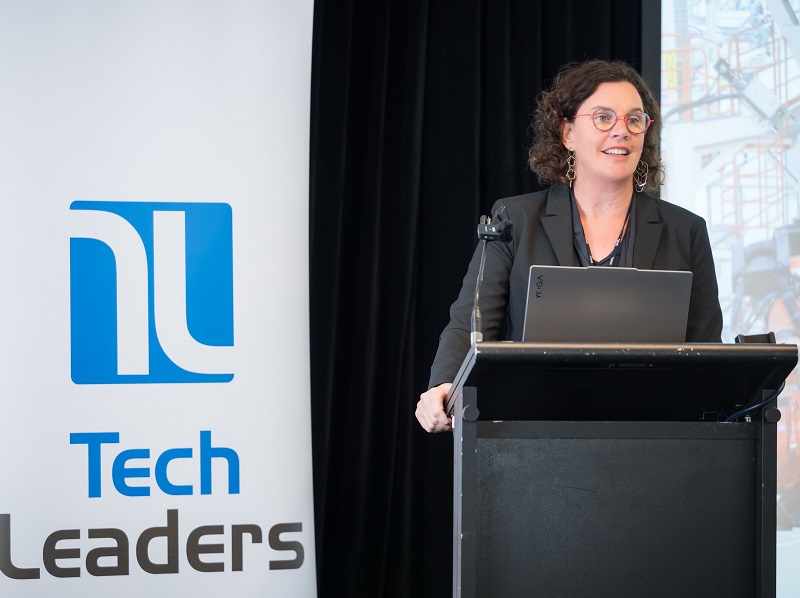Victor Pantano is right to point out that much of Australian industry struggles to engage with research. The problem is well rehearsed – businesses have too few R&D skilled staff, limited processes for integration, not enough resources for adoption. What is missing from the national conversation is a serious focus on solutions.
Around the world, countries facing similar structural challenges have built pathways that overcome these deficits, not by waiting for firms to somehow ‘scale up capacity’, but by creating innovation ecosystems that embed capability where businesses operate.
We must not frame this challenge primarily at the level of individual firms, or assume research institutions can reorient their priorities, stretch resources and build new capabilities to meet firm needs. Without redesigning our innovation systems, Australia risks rehearsing the same debates for decades more.
The more pressing inquiry is how other nations have found pathways through these constraints. This is precisely the kind of systemic perspective Australia’s Strategic Examination of R&D must also bring to its work if it is to avoid reinforcing the country’s failed R&D model.
The lessons from abroad
Internationally, this challenge has been addressed with notable success.
Industry-led businesses including the UK’s Catapult Centres, the Manufacturing USA network of Institutes, Germany’s Fraunhofer Institutes, the Canadian Clusters and the Singapore A-Stars, were all created to address this problem.
Instead of waiting for each company to build capacity in isolation, these countries built place-based innovation ecosystems. They created shared facilities, embedded translational researchers, provided infrastructure at industrial scale and resigned national procurement and investment attraction strategies.
The result? Companies, including small and medium-sized companies, could plug into the system, trial and validate new technologies, access expertise they could never afford to hold in-house, and go-to-market.

These ecosystems do more than provide kit and capability. They act as neutral convenors, trusted by both research and industry. They employ professional ‘boundary spanners’ who translate research into industrial application, have unique technical capabilities and facilitate tech adoption. They anchor supply chains around shared infrastructure and create visible, credible pathways from idea to market.
This is why Germany can diffuse advanced manufacturing techniques across thousands of SMEs. It is why the UK’s Catapult network underpins everything from aerospace to offshore renewables. Why US companies can rapidly prototype, scale, and commercialise technologies across the nation through linked regional hubs.
Why Australia is different and the same
Australia’s industrial structure is dominated by SMEs with limited internal R&D staff, tight operational horizons and softening demand. That isn’t going to change quickly. But this doesn’t mean we cannot absorb research. It means we must build an ecosystem across our country compensate for structural limits.
The ARM Hub in Brisbane is one example. By providing a shared and secure data lakehouse, AI Agents, robotics, and assistive manufacturing technologies like augmented and virtual reality, it allows smaller firms to trial, test, and adopt technologies without shouldering prohibitive risk. Critically, it doesn’t just deliver research outputs; it embeds adoption support, certification, pathways into supply chains and investment channels. In doing so, it creates collective absorptive capacity where no single firm could.
Criteria for effective ecosystems
If we are serious about turning our research excellence into national productivity, then we need to replicate and adapt what works overseas to Australia. Effective ecosystems share a set of criteria:
- Neutral ground where government, research and industry collaborate as equals to
grow existing and new industries - Applied capability — prototyping facilities, industrial testbeds — so research and good
ideas can be validated in real production contexts - Boundary spanners — skilled translators who bridge cultures and disciplines, ensuring
research doesn’t stop at TRL 6 or 7 - Accessibility for SMEs through shared facilities and affordable access models
- Policy alignment ensuring these centres are not stand-alone and tied into national
missions like energy transition, defence, and health - Pathways to market to help firms navigate certification, regulation, global supply
chains and investment channels
When these elements are in place, absorptive capacity is no longer left to the luck or size of individual firms. It is embedded in the system. Importantly, these international examples invest across their R&D and their innovation ecosystem, whereas Australia’s investment is heavily weighted to early-stage R&D.
Moving the debate on
This is where Australia’s conversation must shift. Absorptive capacity matters, but the danger is that if we focus only on diagnosing its absence, we miss the real lever for change: redesigning the system.
The lesson from the international arena is unambiguous: capability at the firm level is necessary but not sufficient. National productivity depends on building the ecosystems that make absorption possible at scale.
Australia doesn’t need to reinvent this wheel. We need to adapt and adopt models that are already working. The question is not whether absorptive capacity exists — it clearly doesn’t in many firms — but whether we will finally build the ecosystems that create and sustain it.
Cori Stewart is the founder and chief executive of the ARM Hub, based in Brisbane.
Do you know more? Contact James Riley via Email.
